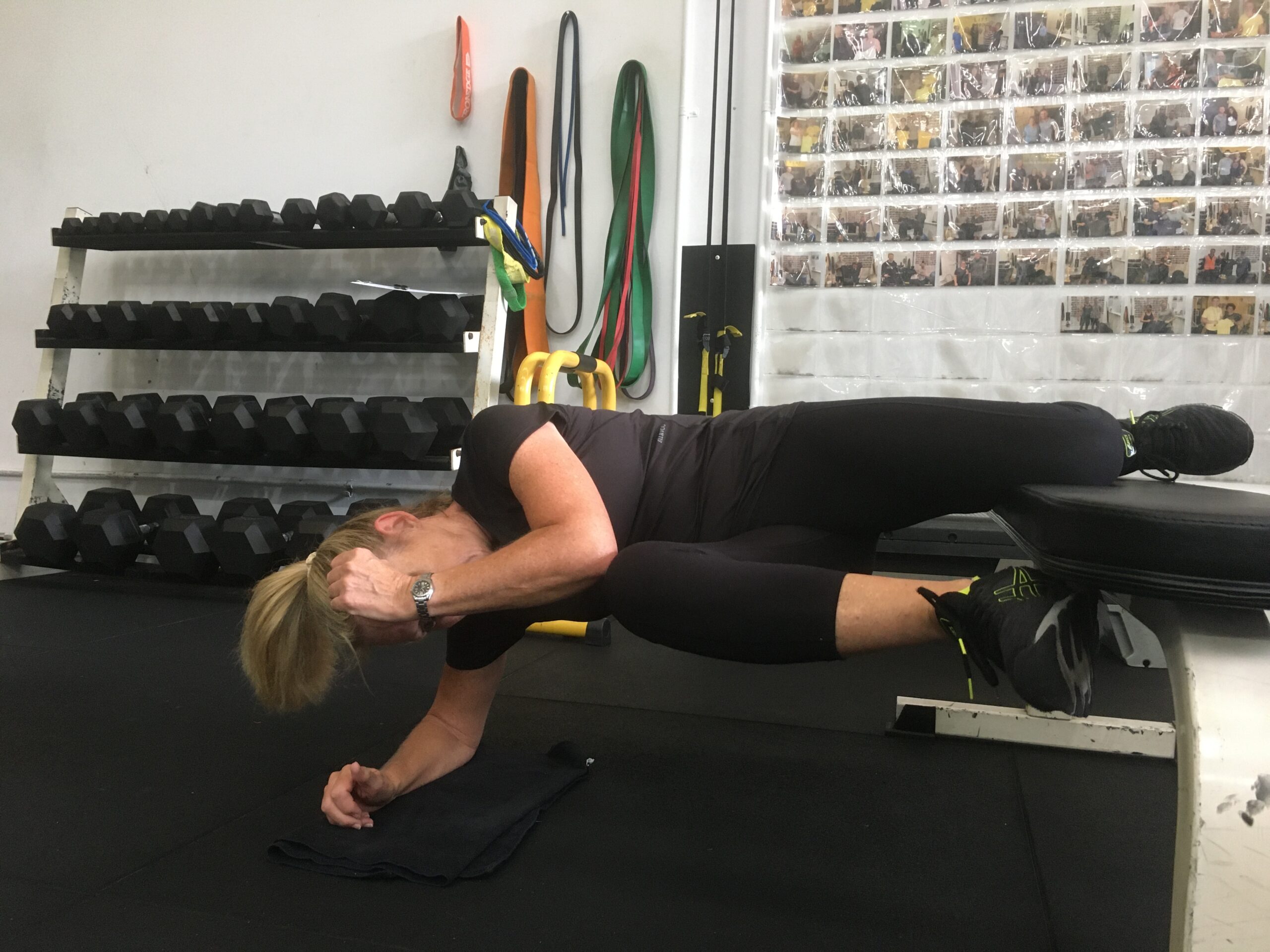
What to do when have an injury
Pain and injury stink. There’s no other word to describe it. We’ve all dealt with some level of pain or discomfort, and for most people, pain automatically means ‘I need to stop doing that,” but what happens when we stop moving? We lose it (as the old saying goes). Below are some tips to help you continue to be able to train during your sessions, from my experience and the experience of other members during our sessions:
Warm up with Isometrics
Isometrics don’t involve the working muscle and joint to move but still allow you to apply force. The biggest benefit here is that isometrics provide an analgesic effect that lets the brain change how it interprets pain and discomfort. When we apply this type of force or pressure in a safe position, the brain immediately decreases the sensation and provides temporary pain relief.
Finding a range of motion that is tolerable
The body will always limit the range of motion that it can’t apply a contraction to because it doesn’t feel safe and perceives it as a threat (aka injury). While working around an injury, we want to work within a controllable range that you’re able to contract and relax in. This will mean playing around with different body positions, machines, and variations of exercises to know what feels good and what doesn’t.
Adjusting the tempo
Adjusting the tempo of the exercise allows us to be fully in control of the movement and may also provide the benefit of feeling the ‘pump’. The pump provides more oxygen and nutrient uptake to the working muscles and around the joints due to the increase in blood flow. A great tempo would be a four-second going down with a two-second coming up.
Finding the right balance between how much work you do and how difficult the work is
Balancing volume (how much work) and intensity (how hard the work is) is key to continuing to train pain-free during your sessions. We cannot have both volume and intensity high because excessive fatigue is too much for the body to handle and recover from. On the other hand, having both of these low will result in no positive adaptations since the ‘signal’ won’t be loud enough for the body to receive.
A big part of working around an injury that people don’t think about is their mindset. It’s important to have perspective during this difficult time, and while setbacks are frustrating, it doesn’t mean that’s the end of how you exercised before. Look at this as an opportunity to focus on strengthening weaknesses, and you may surprise yourself by finding that you’ve come back stronger than before. Listen to your body, don’t be a hero, and push past discomfort or pain during any exercises; stay patient and give yourself time.
Related blog posts:
- The best morning routine to get rid of back pain
- 5 Tips to Reduce Training Injuries
- A lot of people set unrealistic goals
- our Mindset – What You Need To Know




